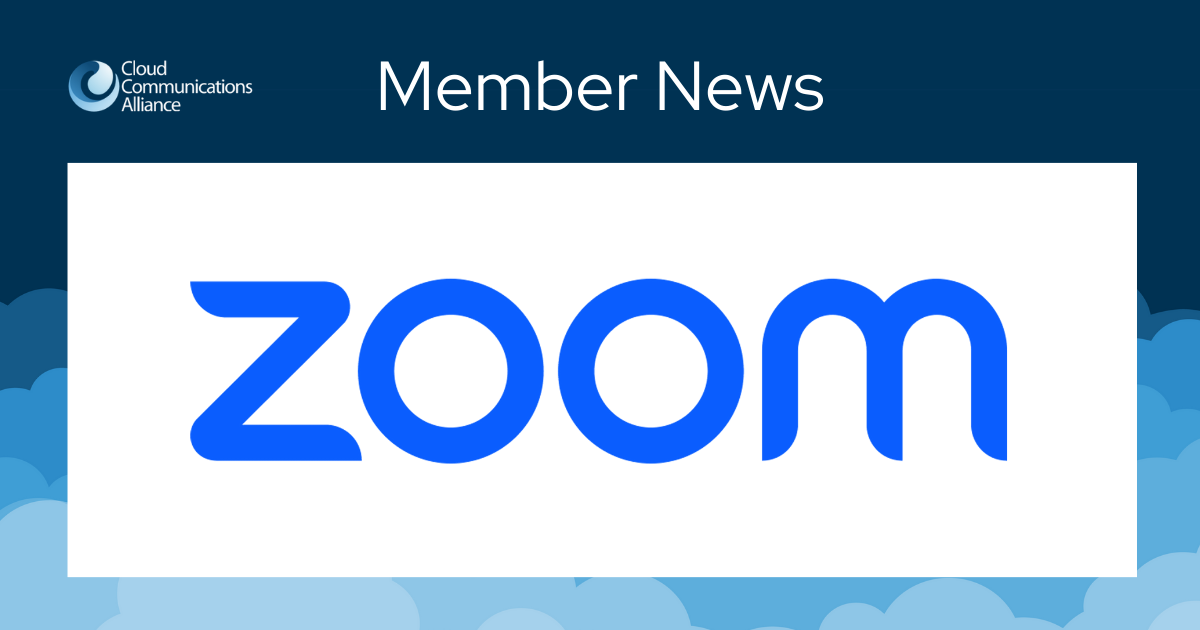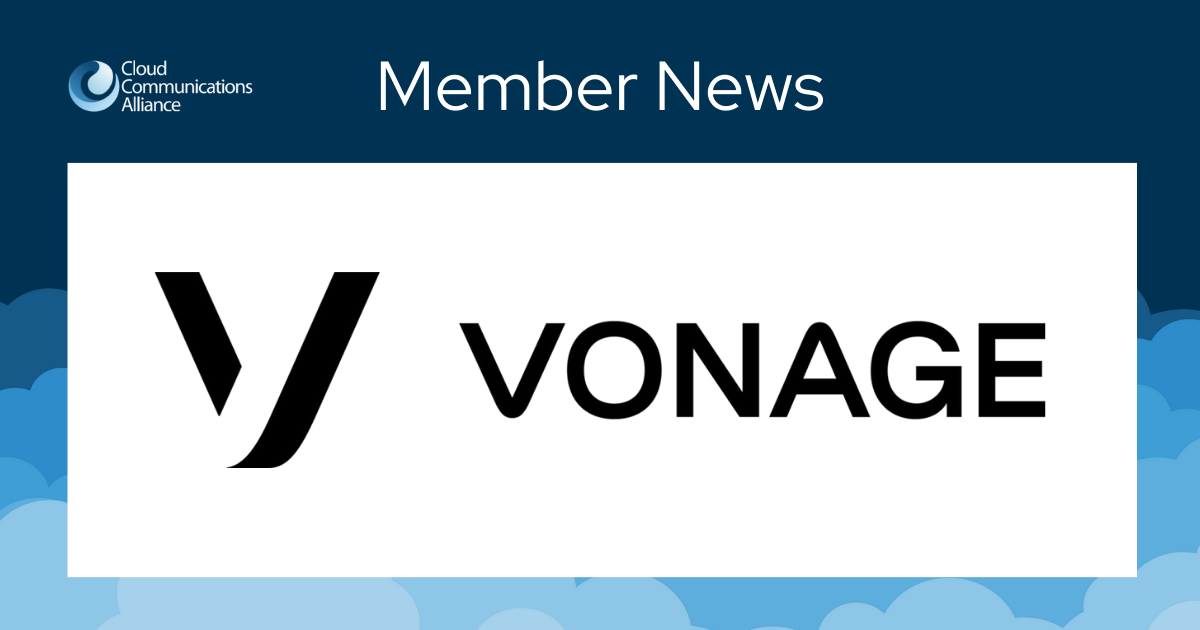Reminder of Outage Reporting Obligations for VoIP Providers

The Federal Communications Commission (Commission) recently fined Logix Communications $64,000 for failing to report a network outage. The regulatory committee felt this would be an opportune time to remind CCA members providing interconnected VoIP service of their network outage reporting obligations.
Interconnected VoIP providers must report significant service outages to the Federal Communication Commission’s Network Outage Reporting System (NORS). For purposes of VoIP providers, an “outage” is a complete loss of service or connectivity. The reporting obligation applies to both facilities-based and non-facilities-based or over-the-top interconnected VoIP providers. Over-the-top providers must report an outage of which they are aware even when the cause of the outage resides in the underlying broadband network. The Commission addressed this issue in its 2012 order extending outage reporting to VoIP providers:
The non-facilities VoIP providers may not be able to tell where connectivity has failed if the failure has occurred in another provider’s network which the non-facilities-based provider uses to deliver its service, but it can tell that its call management (SIP Proxy, Call Manager, etc.) cannot reach the end-user devices, and thus, an outage has occurred that affects its customers. They should be able to report significant outages where their call management systems have lost connectivity to their customers’ end-user devices. Such situations may be coded in a manner such that the “outage cause” or other reporting parameter indicates that it is a failure outside the control of the non-facilities-based VoIP provider. This is important because, if a broadband data network that the non-facilities-based interconnected VoIP provider uses to deliver its service fails, the Commission will not have any visibility that the data service failure also resulted in the loss of non-facilities interconnected VoIP and E9-1-1 services that ride “over-the-top.”
The rules require interconnected VoIP providers to submit an electronic notification within specified time frames depending on the nature of the outage. Specifically, interconnected VoIP providers must submit an electronic notification to the Commission within:
- 4 hours of discovering that they have experienced on any facilities that they own, operate, lease, or otherwise utilize, a complete loss of service of at least 30 minutes duration that potentially results in loss of connectivity to a 9-1-1 special facility, such as a PSAP. If that occurs the provider must notify, as soon as possible by telephone or other electronic means, any official who has been designated by the management of the affected 9-1-1 facility as the provider’s contact person for communications outages at that facility. The provider shall convey to that person all available information that may be useful to the management of the affected facility in mitigating the effects of the outage on efforts to communicate with that facility; or
- 24 hours of discovering that they have experienced on any facilities that they own, operate, lease, or otherwise utilize, an outage of at least 30 minutes duration that (1) potentially affects at least 900,000 user minutes of interconnected VoIP service and results in complete loss of service; or (2) potentially affects any critical infrastructure like major military installations, key government facilities, nuclear power plants or other entities or facilities enrolled in the Telecommunications Service Priority program at priority levels 1 or 2; and
- 30 days after discovering the outage submit electronically a Final Communications Outage Report to the Commission.
The rules define user minutes as the duration of an outage, expressed in minutes, multiplied by the either (1) the number of assigned or administrative telephone numbers potentially affected by the outage or (2) the number of working telephone numbers potentially affected by the outage, where working telephone numbers are defined as the telephone numbers, including DID numbers, working immediately prior to the outage. This definition of user minutes applies to “non-mobile interconnected VoIP telephony.”
An outage that affects a 911 special facility includes: (1) a loss of communications to a PSAP affecting at least 900,000 user minutes, lasts longer than 30 minutes and no reroute is available for all end users; (2) a loss of call process capability at E-911 tandems/selective routers lasting more than 30 minutes; or (3) there is loss of ANI/ALI for at last 30 minutes affecting 900,000 or more user minutes. Many VoIP providers use third parties to enable 911 services. The third-party provider should report failures in its network, which may not be noticeable by the VoIP provider within the required reporting timeframe.
The outage report must describe the nature and causes of the outage, time and date of occurrence, affected geographic areas and other pertinent information. The Commission has issued an outage notification user manual that can be access at this link: https://www.fcc.gov/files/nors-user-manualpdf
Please feel free to contact Michael Pryor (mpryor@bhfs.com) or other members of the regulatory committee if you have questions.

